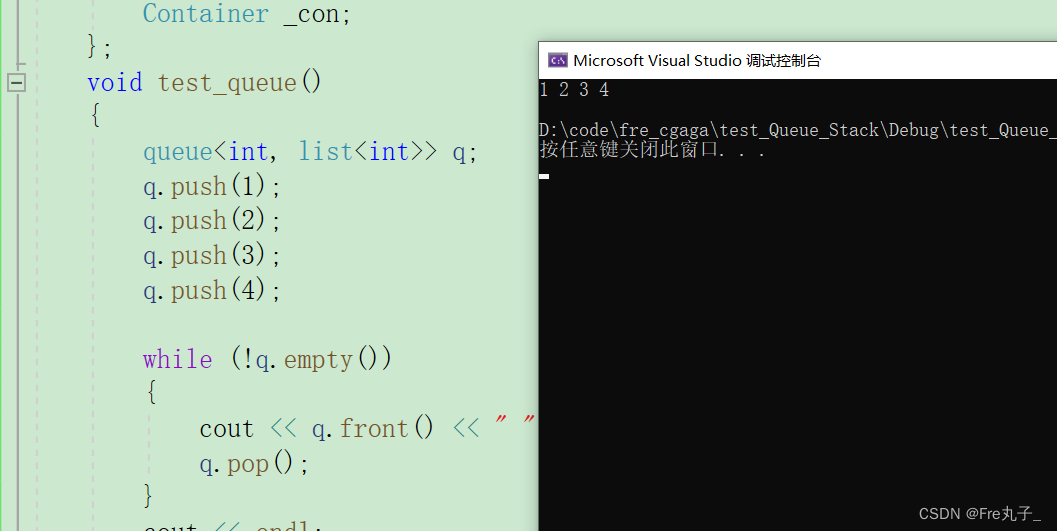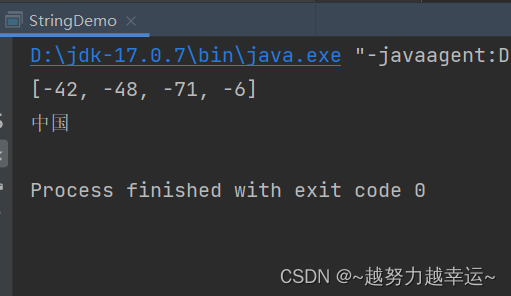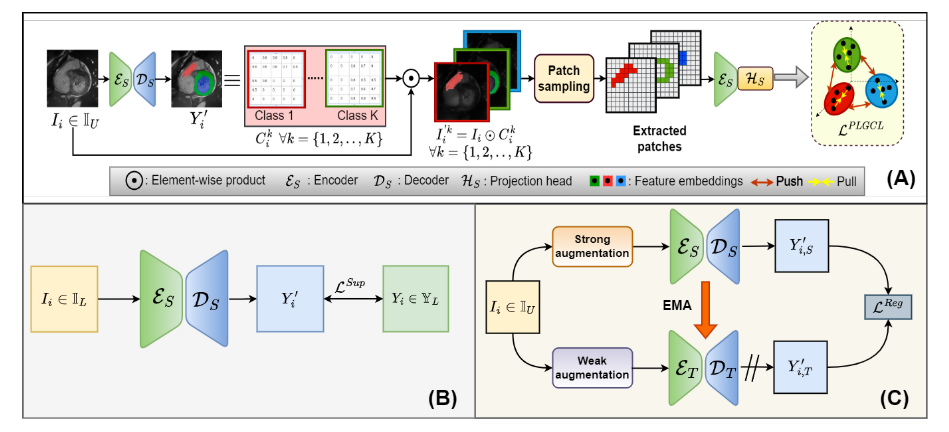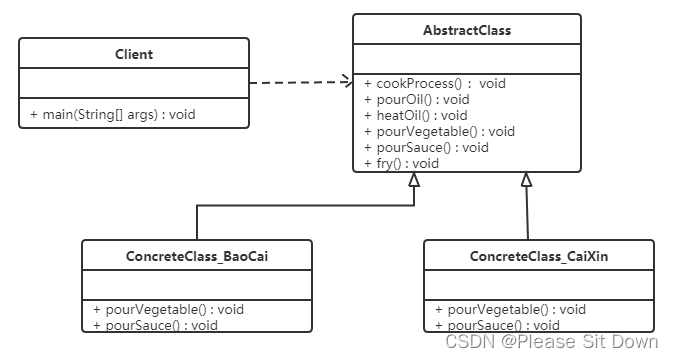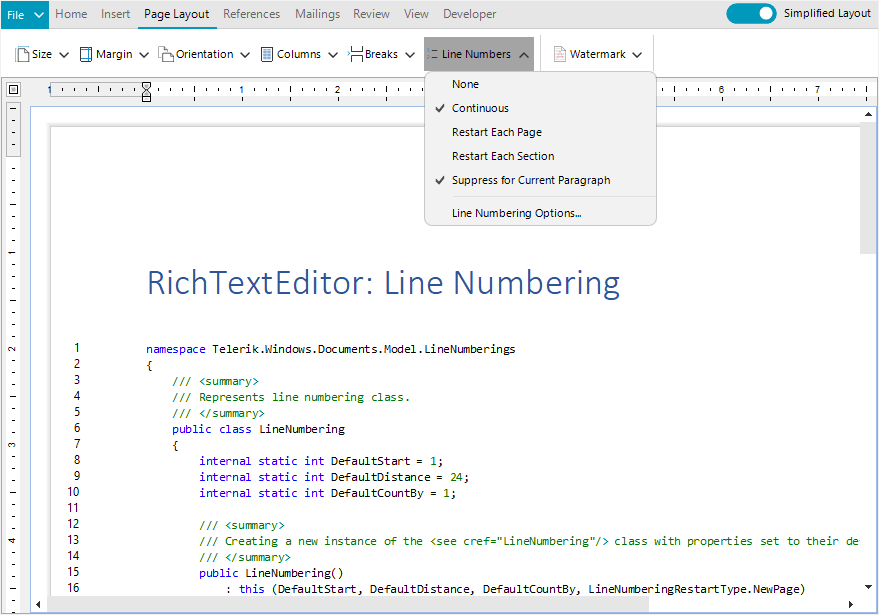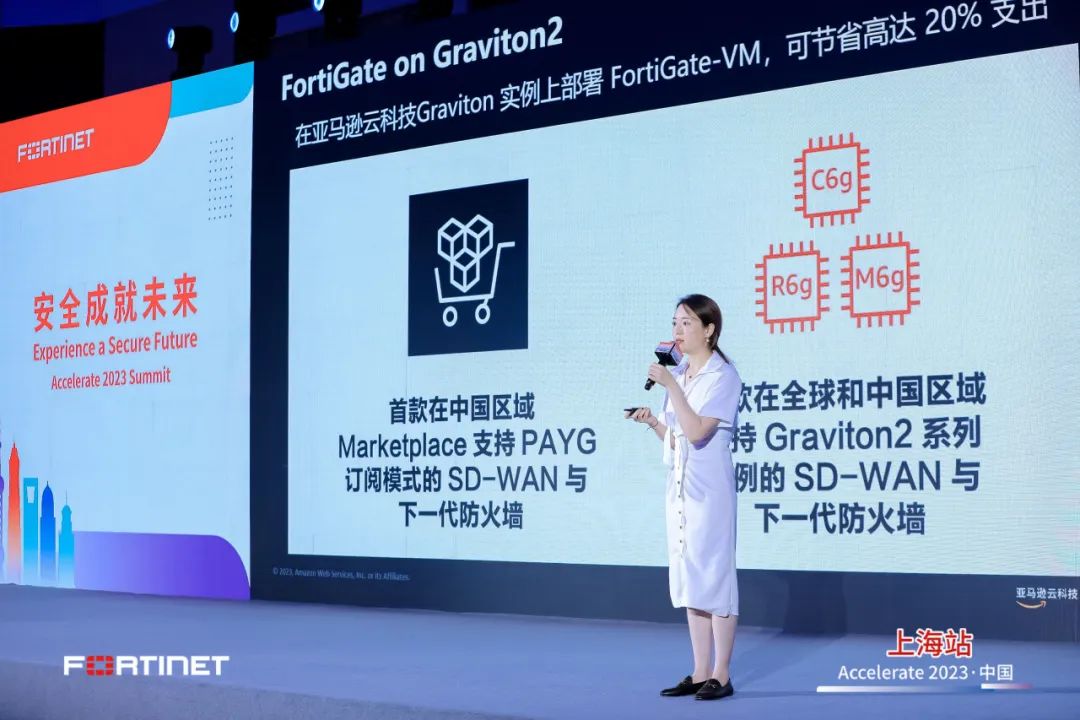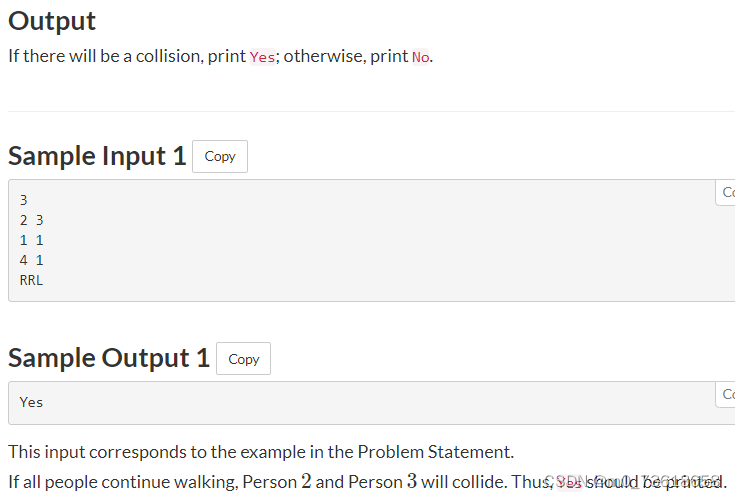###zygote forkSystemServer方法
通过上一篇文章我们了解到zygote 在ZygoteInit.java类的main方法中调用forkSystemServer方法
@UnsupportedAppUsage
public static void main(String[] argv) {
ZygoteServer zygoteServer = null;
....省略部分代码
//根据环境变量(LocalServerSocket)获取zygote文件描述符并重新创建一个socket,可以从这里看到zygote其实就是一个
//name为"zygote"的socket用来等待ActivityManagerService来请求zygote来fork出新的应用程序进程
//所以ActivityManagerService 里启动应用程序(APP),都是由该zygote socket进行处理并fork出的子进程
zygoteServer = new ZygoteServer(isPrimaryZygote);
//默认为true,将启动systemServer
if (startSystemServer) {
//zygote就是一个孵化器,所以这里直接fork出systemServer
Runnable r = forkSystemServer(abiList, zygoteSocketName, zygoteServer);
// {@code r == null} in the parent (zygote) process, and {@code r != null} in the
// child (system_server) process.
//让SystemServer子进程运行起来
if (r != null) {
r.run();
return;
}
}
Log.i(TAG, "Accepting command socket connections");
// The select loop returns early in the child process after a fork and
// loops forever in the zygote.
//让zygote socket(注意不是systemServer zygote)循环运行
//等待client 进程来请求调用,请求创建子进程(fork 出子进程(例如等待AMS的请求))
caller = zygoteServer.runSelectLoop(abiList);
} catch (Throwable ex) {
Log.e(TAG, "System zygote died with fatal exception", ex);
throw ex;
} finally {
if (zygoteServer != null) {
//停止关于systemServer的socket,保留和AMS通信的socket
//在initNativeState阶段创建了一个和sysemServer通信的socket
//接着拿到systemServer socket文件描述符重新创建了一个可以和AMS通信的socket(/dev/socket/zygote)
zygoteServer.closeServerSocket();
}
}
// We're in the child process and have exited the select loop. Proceed to execute the
// command.
if (caller != null) {
caller.run();
}
}
根据代码我们要找到真正forkserver的地方,代码跟踪如下:
frameworks\base\core\java\com\android\internal\os/ZygoteInit.java
private static Runnable forkSystemServer(String abiList, String socketName,
ZygoteServer zygoteServer) {
int pid;
/* Request to fork the system server process */
//通过jni形式去调用init进程下的fork函数,派生出systemServer进程
pid = Zygote.forkSystemServer(
parsedArgs.mUid, parsedArgs.mGid,
parsedArgs.mGids,
parsedArgs.mRuntimeFlags,
null,
parsedArgs.mPermittedCapabilities,
parsedArgs.mEffectiveCapabilities);
} catch (IllegalArgumentException ex) {
throw new RuntimeException(ex);
}
/* For child process */
//pid==0代表已经运行在子进程(SystemServer)上了
//代表SystemServer创建成功,创建成功后会关闭该socket
if (pid == 0) {
if (hasSecondZygote(abiList)) {
waitForSecondaryZygote(socketName);
}
//销毁zygoteServer,保留和AMS通信的socket(runSelectLoop)
//当SystemServer创建过后,zygoteServerSocket就没有用除了,进行关闭
zygoteServer.closeServerSocket();
//处理system server进程初始化工作并启动systemServer进程
//并启动了一个binder线程池供system server进程和其他进程通信使用
//最后调用RuntimeInit.applicationInit()执行进程启动自身初始化工作
//applicationInit()最后是通过反射调用了SystemServer.java的main方法
return handleSystemServerProcess(parsedArgs);
}
return null;
}
frameworks\base\core\java\com\android\internal\os/Zygote.java
static int forkSystemServer(int uid, int gid, int[] gids, int runtimeFlags,
int[][] rlimits, long permittedCapabilities, long effectiveCapabilities) {
//停掉守护线程,停掉当前进程的所有的线程,zygote每次fork前调用
ZygoteHooks.preFork();
//通过jni去调用nativeForkSystemServer()函数
int pid = nativeForkSystemServer(
uid, gid, gids, runtimeFlags, rlimits,
permittedCapabilities, effectiveCapabilities);
// Set the Java Language thread priority to the default value for new apps.
//设置当前线程优先级
Thread.currentThread().setPriority(Thread.NORM_PRIORITY);
//每次调用preFork()后,都会在子进程上调用postForkChild(),
//并且都会在父进程和子进程上调用postForkCommon(),
//子进程调用postForkCommon()在postForkCommon()之后
ZygoteHooks.postForkCommon();
return pid;
}
通过AndroidRuntime.cpp类中注册jni可知 具体执行fork的代码在com_android_internal_os_Zygote.cpp文件中:
static const RegJNIRec gRegJNI[] = {
...省略部分代码
REG_JNI(register_com_android_internal_os_Zygote),
REG_JNI(register_com_android_internal_os_ZygoteCommandBuffer),
REG_JNI(register_com_android_internal_os_ZygoteInit),
....省略部分代码
};
frameworks/base/core/jni/com_android_internal_os_Zygote.cpp
static jint com_android_internal_os_Zygote_nativeForkSystemServer(
JNIEnv* env, jclass, uid_t uid, gid_t gid, jintArray gids,
jint runtime_flags, jobjectArray rlimits, jlong permitted_capabilities,
jlong effective_capabilities) {
//初始化usap相关的vector
std::vector<int> fds_to_close(MakeUsapPipeReadFDVector()),
fds_to_ignore(fds_to_close);
fds_to_close.push_back(gUsapPoolSocketFD);
if (gUsapPoolEventFD != -1) {
fds_to_close.push_back(gUsapPoolEventFD);
fds_to_ignore.push_back(gUsapPoolEventFD);
}
if (gSystemServerSocketFd != -1) {
fds_to_close.push_back(gSystemServerSocketFd);
fds_to_ignore.push_back(gSystemServerSocketFd);
}
pid_t pid = zygote::ForkCommon(env, true,
fds_to_close,
fds_to_ignore,
true);
if (pid == 0) {
// System server prcoess does not need data isolation so no need to
// know pkg_data_info_list.
//在子进程中进行一些system_server相关配置
SpecializeCommon(env, uid, gid, gids, runtime_flags, rlimits, permitted_capabilities,
effective_capabilities, MOUNT_EXTERNAL_DEFAULT, nullptr, nullptr, true,
false, nullptr, nullptr, /* is_top_app= */ false,
/* pkg_data_info_list */ nullptr,
/* allowlisted_data_info_list */ nullptr, false, false);
} else if (pid > 0) {
// The zygote process checks whether the child process has died or not.
ALOGI("System server process %d has been created", pid);
gSystemServerPid = pid;
// There is a slight window that the system server process has crashed
// but it went unnoticed because we haven't published its pid yet. So
// we recheck here just to make sure that all is well.
int status;
//在父进程zygote中使用waitpid()函数以及WNOHANG这个选项,监控子进程的结束情况,
//监控到system_server进程结束时,需要重启zygote。
//waitpid()函数参考https://www.cnblogs.com/zhaihongliangblogger/p/6367041.htm
if (waitpid(pid, &status, WNOHANG) == pid) {
ALOGE("System server process %d has died. Restarting Zygote!", pid);
RuntimeAbort(env, __LINE__, "System server process has died. Restarting Zygote!");
}
if (UsePerAppMemcg()) {//检测是否挂载了memcg
// Assign system_server to the correct memory cgroup.
// Not all devices mount memcg so check if it is mounted first
// to avoid unnecessarily printing errors and denials in the logs.
if (!SetTaskProfiles(pid, std::vector<std::string>{"SystemMemoryProcess"})) {
ALOGE("couldn't add process %d into system memcg group", pid);
}
}
}
return pid;
}
继续跟踪代码在com_android_internal_os_Zygote.cpp的forkCommon方法里面
// Utility routine to fork a process from the zygote.
pid_t zygote::ForkCommon(JNIEnv* env, bool is_system_server,
const std::vector<int>& fds_to_close,
const std::vector<int>& fds_to_ignore,
bool is_priority_fork,
bool purge) {
SetSignalHandlers();//为zygote管理子进程配置信号SIGCHLD/SIGHUP
// Curry a failure function.
auto fail_fn = std::bind(zygote::ZygoteFailure, env,
is_system_server ? "system_server" : "zygote",
nullptr, _1);
// Temporarily block SIGCHLD during forks. The SIGCHLD handler might
// log, which would result in the logging FDs we close being reopened.
// This would cause failures because the FDs are not allowlisted.
//
// Note that the zygote process is single threaded at this point.
//在fork期间临时阻塞SIGCHLD。SIGCHLD处理程序可能会记录日志,
BlockSignal(SIGCHLD, fail_fn);//这将导致我们关闭的日志fd被重新打开。会导致失败,因为不允许列出fd
// Close any logging related FDs before we start evaluating the list of
// file descriptors.
__android_log_close();//在开始计算文件描述符列表之前,关闭所有与日志记录相关的fd
AStatsSocket_close();
// If this is the first fork for this zygote, create the open FD table,
// verifying that files are of supported type and allowlisted. Otherwise (not
// the first fork), check that the open files have not changed. Newly open
// files are not expected, and will be disallowed in the future. Currently
// they are allowed if they pass the same checks as in the
// FileDescriptorTable::Create() above.
if (gOpenFdTable == nullptr) {//如果这是zygote的第一次fork,则创建一个打开的FD表,验证文件受支持的类型和允许列表
gOpenFdTable = FileDescriptorTable::Create(fds_to_ignore, fail_fn);
} else {//如果不是,则检查打开的文件是否没有更改,不希望并且未来会禁止打开新的文件
gOpenFdTable->Restat(fds_to_ignore, fail_fn);//目标的做法是,如果通过了上面的create检测,则允许打开新的文件
}
android_fdsan_error_level fdsan_error_level = android_fdsan_get_error_level();
if (purge) {//清除未是哦那个的本机内存,以减少与子进程的错误共享。通过减少与子进程共享的libc_malloc区域的大小
// Purge unused native memory in an attempt to reduce the amount of false
// sharing with the child process. By reducing the size of the libc_malloc
// region shared with the child process we reduce the number of pages that
// transition to the private-dirty state when malloc adjusts the meta-data
// on each of the pages it is managing after the fork.
mallopt(M_PURGE, 0);//当malloc在fork之后调整它所管理的每个页面上的元数据时,可以减少转换到私有状态的页面数量
}
pid_t pid = fork();//核心的fork动作
if (pid == 0) {//子进程
if (is_priority_fork) {
setpriority(PRIO_PROCESS, 0, PROCESS_PRIORITY_MAX);
} else {
setpriority(PRIO_PROCESS, 0, PROCESS_PRIORITY_MIN);
}
// The child process.
PreApplicationInit();
// Clean up any descriptors which must be closed immediately
DetachDescriptors(env, fds_to_close, fail_fn);//通过dup3()函数清除那些需要立即关闭的文件描述符
// Invalidate the entries in the USAP table.
ClearUsapTable();//清除usap()进程表
// Re-open all remaining open file descriptors so that they aren't shared
// with the zygote across a fork.
gOpenFdTable->ReopenOrDetach(fail_fn);//重新打开所有剩余的打开的文件描述符,这样它们就不会通过fork与zygote共享
// Turn fdsan back on.
android_fdsan_set_error_level(fdsan_error_level);
// Reset the fd to the unsolicited zygote socket
gSystemServerSocketFd = -1;
} else {//父进程
ALOGD("Forked child process %d", pid);
}
// We blocked SIGCHLD prior to a fork, we unblock it here.
UnblockSignal(SIGCHLD, fail_fn);//fork 结束后打开阻塞,对应上面的BlockSignal()
return pid;
}
###重点是fork
fork()采用copy on write技术,这是linux创建进程的标准方法,调用一次,返回了两次,返回值有3种类型
1、父进程中,fork返回新创建的子进程的pid
2、子进程中,fork返回0
3、当出现错误时,fork返回负数。(当进程数超过上限或者系统内存不足时会出错)
fork()的主要工作是寻找空闲的进程号pid,然后从父进程拷贝进程信息,例如数据段和代码段,fork()子进程要执行的代码等。Zygote进程是所有Android进程的母体,包括system_server和各个APP进程。zygote利用fork()方法生成新进程,对于新进程A复用Zygote进程本身的资源,再加上新进曾A相关的资源,构成新的应用进程

fork之后,操作系统会复制一个与父进程完全相同的子进程,虽说是父子关系,但是在操作系统看来,它们更像兄弟关系,这两个进程共享代码空间,但是数据空间是相互独立的,子进程数据空间中的内容是父进程的完整拷贝,指令指针也完全相同,子进程拥有父进程当前运行到的位置(两进程的程序计数器pc值相同,也就是说,子进程是从fork返回处开始执行的),但有一点不同,如果fork成功,子进程中fork的返回值是0,父进程中fork的返回值是子进程的进程号,如果fork不成功,父进程返回错误。可以这样想象,2个进程一直同时运行,而且步调一致,在fork之后,它们就开始分别做不同的工作。
到此system_server进程已完成创建的所有工作。
systemServer启动
private static Runnable forkSystemServer(String abiList, String socketName,
ZygoteServer zygoteServer) {
....省略代码
/* For child process */
//pid==0代表已经运行在子进程(SystemServer)上了
//代表SystemServer创建成功,创建成功后会关闭该socket
if (pid == 0) {
if (hasSecondZygote(abiList)) {
waitForSecondaryZygote(socketName);
}
//销毁zygoteServer,保留和AMS通信的socket(runSelectLoop)
//当SystemServer创建过后,zygoteServerSocket就没有用除了,进行关闭
zygoteServer.closeServerSocket();
//处理system server进程初始化工作并启动systemServer进程
//并启动了一个binder线程池供system server进程和其他进程通信使用
//最后调用RuntimeInit.applicationInit()执行进程启动自身初始化工作
//applicationInit()最后是通过反射调用了SystemServer.java的main方法
return handleSystemServerProcess(parsedArgs);
}
return null;
}```
在ZygoteInit.java的forkSystemServer方法里面我们知道Zygote调用forkSystemServer方法返回pid,根据上文得知fork systemServer成功后pid的值为0。代码会执行handleSystemServerProcess方法
```java
private static Runnable handleSystemServerProcess(ZygoteArguments parsedArgs) {
// set umask to 0077 so new files and directories will default to owner-only permissions.
Os.umask(S_IRWXG | S_IRWXO);
if (parsedArgs.mNiceName != null) {
Process.setArgV0(parsedArgs.mNiceName);//设置当前进程名称为"system_server"
}
final String systemServerClasspath = Os.getenv("SYSTEMSERVERCLASSPATH");
if (systemServerClasspath != null) {
//执行dex优化操作
performSystemServerDexOpt(systemServerClasspath);
// Capturing profiles is only supported for debug or eng builds since selinux normally
// prevents it.
if (shouldProfileSystemServer() && (Build.IS_USERDEBUG || Build.IS_ENG)) {
try {
Log.d(TAG, "Preparing system server profile");
prepareSystemServerProfile(systemServerClasspath);
} catch (Exception e) {
Log.wtf(TAG, "Failed to set up system server profile", e);
}
}
}
if (parsedArgs.mInvokeWith != null) {
String[] args = parsedArgs.mRemainingArgs;
// If we have a non-null system server class path, we'll have to duplicate the
// existing arguments and append the classpath to it. ART will handle the classpath
// correctly when we exec a new process.
if (systemServerClasspath != null) {
String[] amendedArgs = new String[args.length + 2];
amendedArgs[0] = "-cp";
amendedArgs[1] = systemServerClasspath;
System.arraycopy(args, 0, amendedArgs, 2, args.length);
args = amendedArgs;
}
//启动应用进程
WrapperInit.execApplication(parsedArgs.mInvokeWith,
parsedArgs.mNiceName, parsedArgs.mTargetSdkVersion,
VMRuntime.getCurrentInstructionSet(), null, args);
throw new IllegalStateException("Unexpected return from WrapperInit.execApplication");
} else {
//创建类加载器,并赋予当前线程
ClassLoader cl = getOrCreateSystemServerClassLoader();
if (cl != null) {
Thread.currentThread().setContextClassLoader(cl);
}
/*
* Pass the remaining arguments to SystemServer.
*/
return ZygoteInit.zygoteInit(parsedArgs.mTargetSdkVersion,
parsedArgs.mDisabledCompatChanges,
parsedArgs.mRemainingArgs, cl);
}
/* should never reach here */
}
根据zygoteInit.zygoteInit方法持续跟踪到RuntimeInit.java类的findStaticMain方法里面
文件目录:frameworks\base\core\java\com\android\internal\os/RuntimeInit.java
protected static Runnable findStaticMain(String className, String[] argv,
ClassLoader classLoader) {
Class<?> cl;
try {
// 反射拿到SystemServer类,classname =com.android.server.SystemServer
cl = Class.forName(className, true, classLoader);
} catch (ClassNotFoundException ex) {
throw new RuntimeException(
"Missing class when invoking static main " + className,
ex);
}
Method m;
try {
// 反射拿到SystemServer.java的main函数,并启动
m = cl.getMethod("main", new Class[] { String[].class });
} catch (NoSuchMethodException ex) {
throw new RuntimeException(
"Missing static main on " + className, ex);
} catch (SecurityException ex) {
throw new RuntimeException(
"Problem getting static main on " + className, ex);
}
int modifiers = m.getModifiers();
if (! (Modifier.isStatic(modifiers) && Modifier.isPublic(modifiers))) {
throw new RuntimeException(
"Main method is not public and static on " + className);
}
/*
* This throw gets caught in ZygoteInit.main(), which responds
* by invoking the exception's run() method. This arrangement
* clears up all the stack frames that were required in setting
* up the process.
*/
return new MethodAndArgsCaller(m, argv);
}
根据代码可以看到,通过反射创建systemServer类,调用systemServer类里面的main方法
systemServer.java的具体目录是/frameworks/base/services/java/com/android/server/SystemServer.java代码如下:
public static void main(String[] args) {
new SystemServer().run();
}
在main方法里面会创建systemServer对象并调用run方法。
至此。SystemServer就创建和启动完毕了
总结
可以知道zygote是从rc中启动的,zygote本质上就是一个socket,不会关闭和销毁,而创建zygote时携带的startSystemServer参数会启动systemServer子进程,SystemServer也是通过fork出来的,而底层和上层的交互是通过jni实现的,SystemServer的启动是由zygoteInit通过反射的方式启动SystemServer的main方法。
zygote启动时创建了服务端socket,用于SystemServer的创建,当SystemServer创建完成后则会关闭连接,期间已经调用了runSelectLoop来循环等待AMS及其他进城来请求连接,从而fork出应用程序的socket。服务端socket会在SystemServer进程创建完毕后就关闭,已经没有用处了,等待AMS发来连接将采用runSelectLoop方法进行循环等待。

